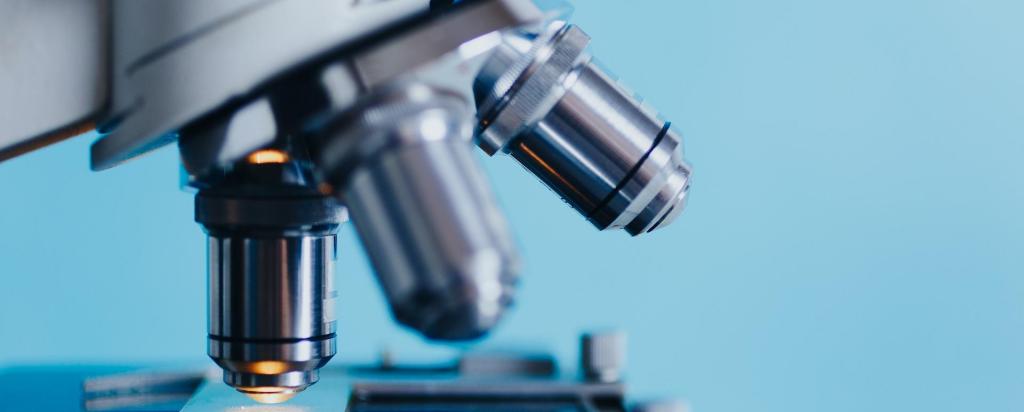
Showing 281 - 300 of 526 results
FAQs - Macromolecular Crystallography
Frequently Asked Questions on the Macromolecular Crystallography beamlines (MX1 and MX2)
Bushfire charcoal particles carried an unprecedented distance
Charcoal particles from recent bushfires in NSW were carried 50 kilometres by the wind, which has significance for fire history reconstruction.
Dynamic real-time video captures how surfaces are modified by nuclear techniques
Meteorites from the red desert of Australia support search for life on the red planet Mars
Monash University, University of Queensland and Australian National University researchers have used ANSTO’s Australian Synchrotron in their study of meteorites found on Earth that could be used in future to find evidence of life on the planet Mars.
Congratulations to scholarship winner
New approach to breast cancer detection using synchrotron radiation
Phase contrast tomography shows great promise in early stages of study and is expected to be tested on first patients by 2020.

Eureka Prizes 2025 open
NSW grants support infrastructure capabilities
NSW grants bolster additive manufacturing and groundwater processing capabilities.

Air Quality
ANSTO uses atmospheric radioactivity measurements, fine particle sampling and composition analysis to understand the source and impact of harmful air pollution on human health and the environment.

Water Isotope Network
Currently ANSTO partners with the Australian Bureau of Meteorology to operate the Australian GNIP stations with samples analysed at ANSTO’s Environmental Isotope Laboratories in Sydney.

Micro-Particle Induced X-ray Emission
Micro-Particle Induced X-ray Emission (µPIXE) is used to construct elemental maps that show variations of an element's concentration across the sample surface.
Australian physicists attend research meeting that tackles challenging diagnostics of plasma physics
International fusion researchers, including ANSTO’s Dr Richard Garrett, have recently returned from ITER in France where they attended a meeting of the coordinating committee of the International Tokomak Physics Activity (ITPA).
ANSTO partners with the world's largest engineering project
International fusion researchers recently returned from ITER in France where they attended a meeting of the coordinating committee of the International Tokomak Physics Activity.

Kookaburra - Ultra small angle neutron scattering
Ultra small angle neutron scattering on Kookaburra is used to study the size and shape of objects of size 10 micrometres and below.
Nuclear techniques reveal ‘tunability' of membranes for enhanced electrical conductivity in graphene
Jack the Super Prawn
Jack the Super Prawn lives in the Barrier Reef and uses his powers to protect the environment. With JackVac, he cleans up rubbish and impurities in seawater. With JackCopter, he soars high into the air, where you wouldn't normally see a prawn. Of course, powers like that help Jack find and clear up waste plastic. But Jack's main job is to educate young readers.